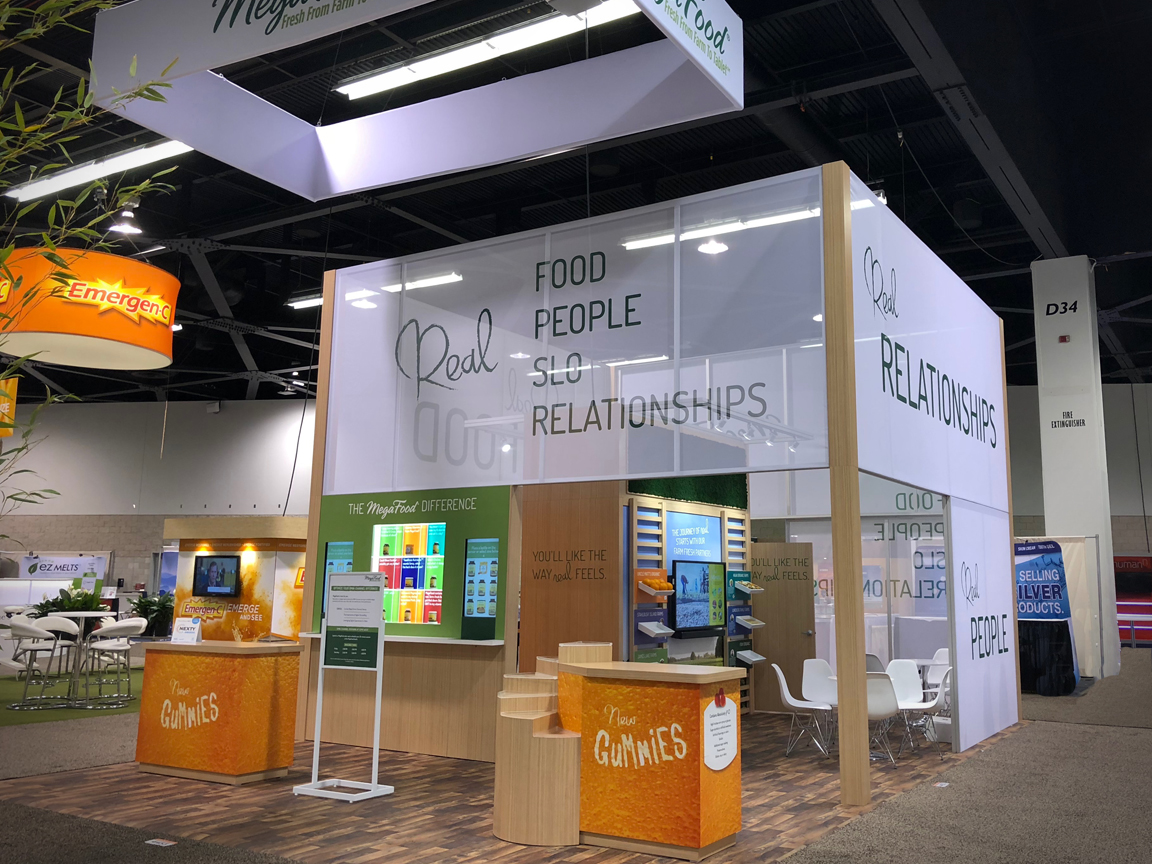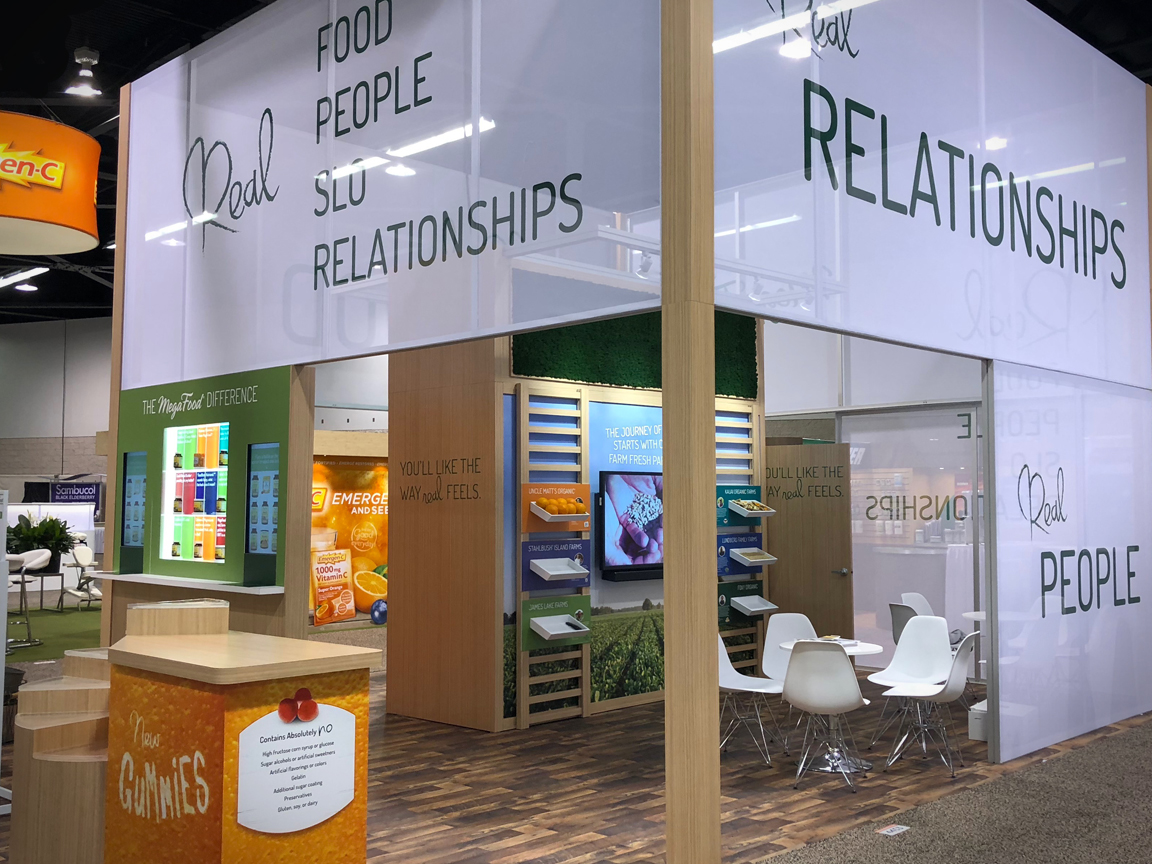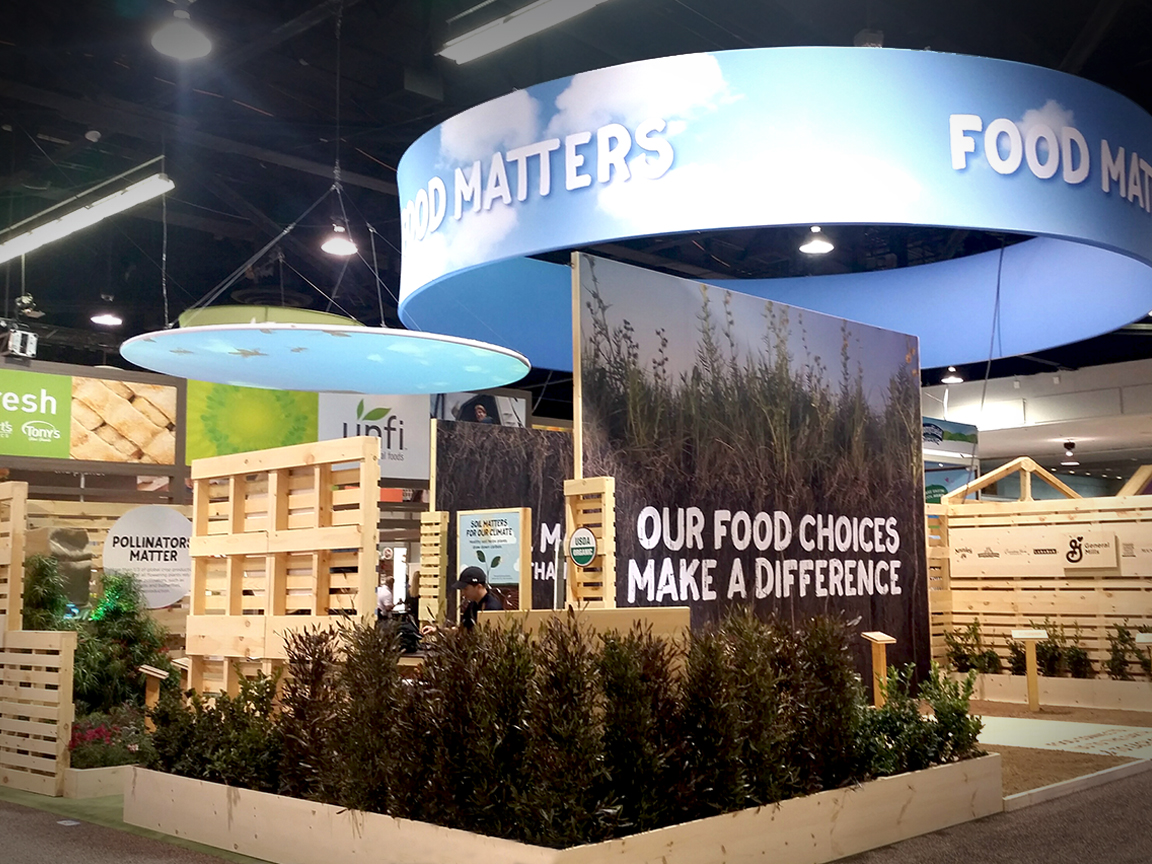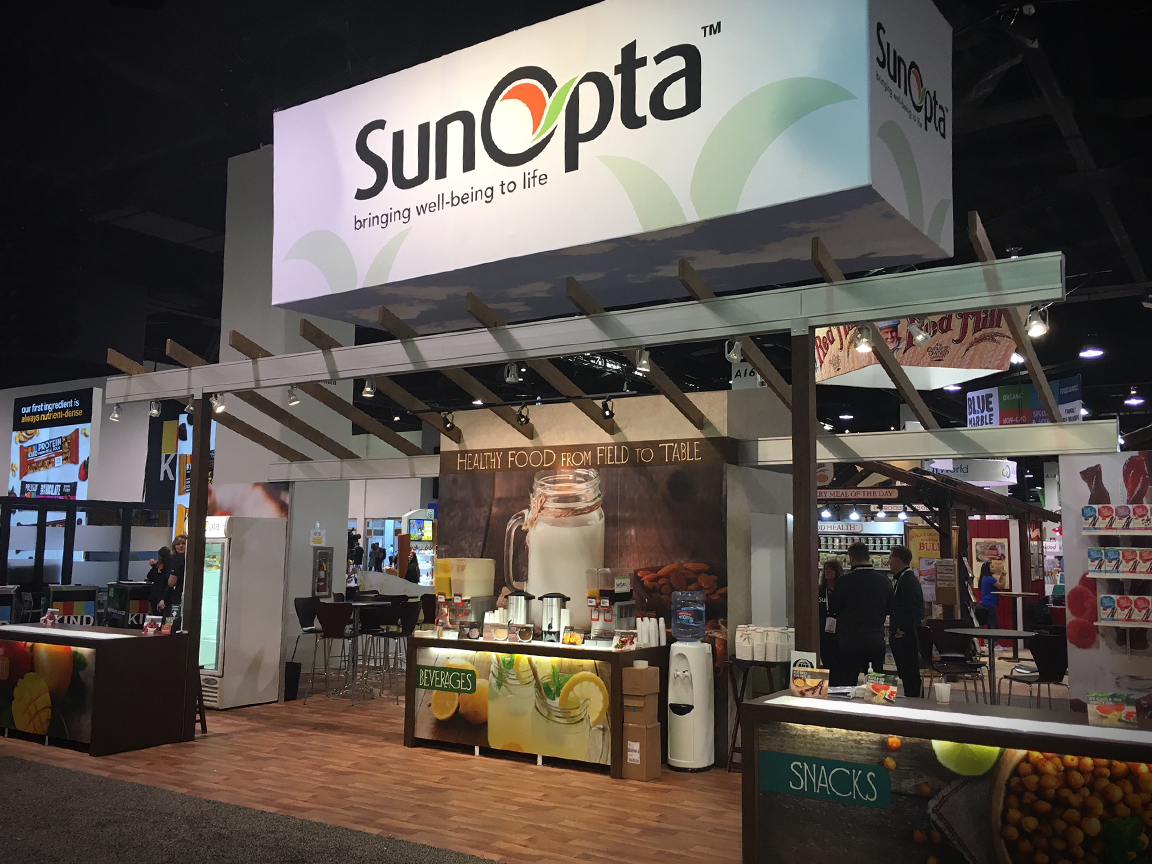Developing a trade show strategy takes time and cross-channel involvement; however, once your strategy is complete, the creation, development, and measurement of your trade show program are instrumentally easier.
Our team outlined 5-steps to take you through developing a strong and impactful trade show program strategy.
1. Analyze last year’s program
It’s important to take time to look back and reflect on your previous trade show. Was your organization pleased with the success or is there more room for improvement? As you analyze, be sure to evaluate your previous objectives and if you achieved them. For example, did you receive the qualified leads that you were looking for? Did your company close the business leads that you captured on the show floor? Did your brand experience offer a positive perception change or increased brand awareness? These reflections should guide your next trade show to optimize the performance and business impact.
2. Conduct a competitive audit
Often, brands can get caught up in their own projects (understandable) that they forget to monitor what their competitors are up to. This is a very important step in the strategy development phase. When you assess your competition, you’re able to define further and refine your program to help you stand out from the crowd. We recommend annual competitive audits at a bare minimum. An easy way to conduct this is to follow a simple S.W.O.T. analysis.
3. Assess your position
Once you’ve completed steps one and two, it’s important to determine how those two can influence your current positioning with modifications so your brand, products, and services are strong and set-apart in the market. You might need to bring in your company’s larger marketing team to develop campaigns that help to differentiate your company with unique selling propositions and strategic messages – and that’s okay and good. Significant revelation can take place at trade shows because you’re often physically very close to your competitors and can compare a vast set of brands against yours to improve your presence. In addition, we often see competing companies using the same language – you definitely want to steer clear from this common issue.
4. Engage internal teams
Step three might require new brand positioning, messaging, and marketing campaigns, and step four is bringing everyone together to align on your new trade show program with supporting, cross-channel engagement. Trade shows shouldn’t operate in a silo, but as a cohesive marketing program supported throughout the organization. You will want to engage and align your teams including customer service, product teams, marketing, and sales. Marketing is often a big one to tackle. Trade shows should be promoted through digital marketing including email, website, social media (both paid and organic), and more. And if lead generation is a priority for your organization, you’ll want to bring in your sales department; they often have the best ideas to showcase products and services. In step four, you’ll engage, align, and activate teams to make your next trade show your best trade show.
5. Write a solid brief and enlist a stellar brand experience company
The last step in your strategy is to write a solid brief that can be given to your brand experience company to make your strategy come to life on the show floor. We recommend starting with S.M.A.R.T goals and building from there. Ideally, it’s best to send out an RFP 6-12 months before a show, but we understand that this timeline doesn’t work for every brand and show, and so expedited RFP processes do take place.
We wish you the best in your strategic development and if you have any questions or would like to engage our team for help, you know how to find us!





















